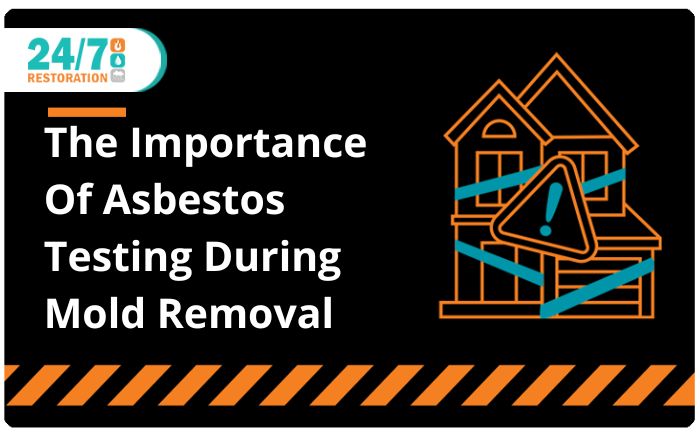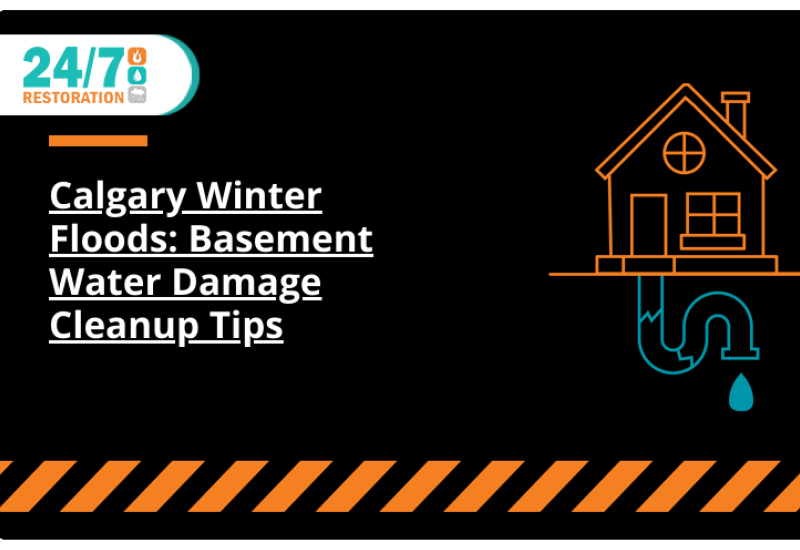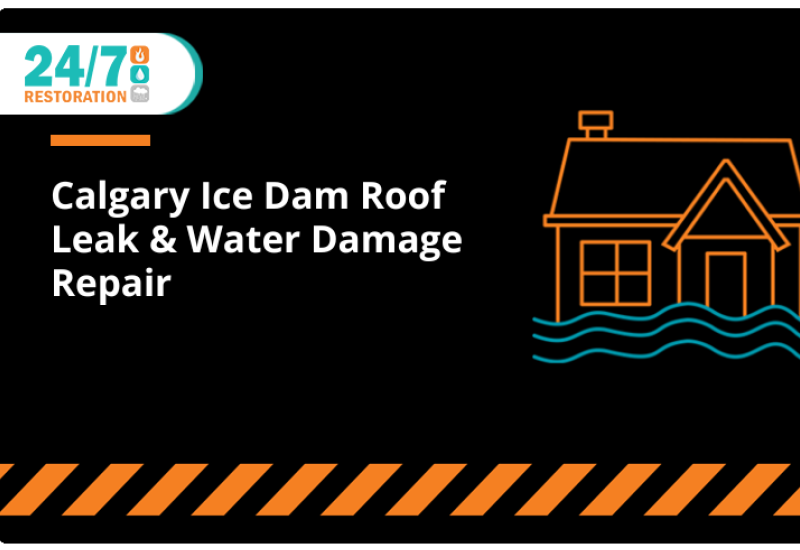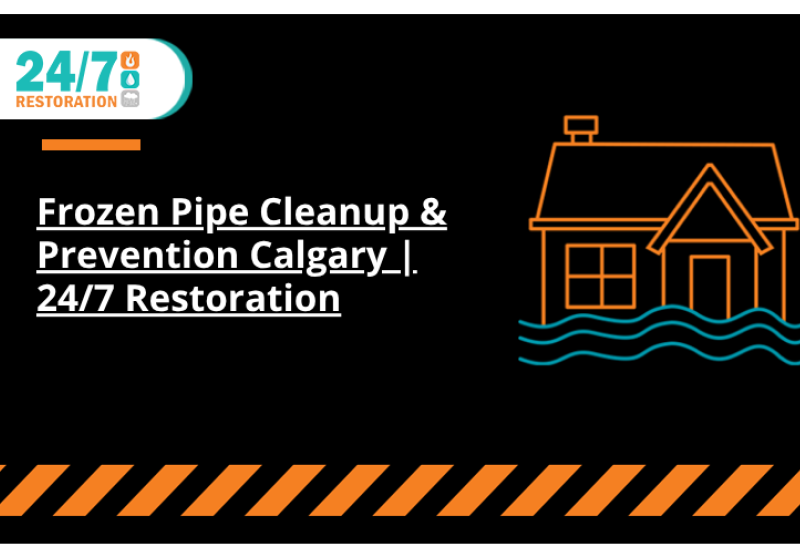Why Test For Asbestos During Mold Removal?
Mold Removal
Unlike mildew, which is a fungus that grows on the surface of items, mold grows inside of whatever item it is developing on. Because of this, when an item becomes moldy it needs to be fully remediated or else the mold spores inside of the item will lead to mold regrowth later. To ensure all mold and mold spores are removed, when something porous in your house develops mold it needs to be taken out and thrown away. For example, moldy drywall needs to be cut out of the wall and disposed of. While any porous material such as carpet, wood, or drywall, will need to be removed, non-porous material such as concrete can be wiped and disinfected as the mold can only grow on materials on top of the concrete and not in the concrete itself.
Asbestos In The Home
Although not all homes are at risk of containing asbestos, homes that were made in the 1980s or before may have asbestos in them. Asbestos was used in many different areas throughout the home, but most commonly it was used in walls and ceilings for insulation. Although asbestos is no longer allowed to be used in the building of homes, many homes with asbestos already in them are not required to have asbestos removed, since asbestos is considered harmless if it is left undisturbed. Asbestos becomes a risk when it is disturbed and asbestos particles get into the air. If this happens, dangerous asbestos particles can be inhaled and enter the lungs.
The Relationship Between Asbestos And Mold Removal
When mold needs to be removed, especially from drywall, it can disturb asbestos behind the wall. Cutting into drywall to properly remove the mold disturbs any asbestos insulation in the wall and can release asbestos particles into the air. If your home has asbestos or asbestos-containing materials anywhere that mold removal needs to happen, it can threaten the health and safety of those removing it, particularly if they are not professionals. Although it is always best to leave mold removal to restoration experts, it is even more important if your home was built in or before the 1980s or if you suspect there may be asbestos in your home. To completely and safely remove mold from a potentially asbestos-containing building, proper safety equipment and safety protocols must be used, including asbestos testing. It’s important to note that mold protective gear and asbestos protective gear, as well as the tests that determine if these particles are in the air, are different from one another. Just because a person knows mold removal and has the proper equipment for it doesn’t mean they are qualified to deal with asbestos removal or disturbances. For proper safety, use a restoration company that handles both mold and asbestos and ensure asbestos testing is performed.
Safe And Effective Mold And Asbestos Remediation
If your home has developed mold and was built in or before the 1980s, hire a professional restoration company that specializes in mold and asbestos remediation and removal to keep your home and family safe. Testing for and removing mold and asbestos will ensure that your home is safe and that no dangerous particles from either substance linger in the air. At 24/7 Restoration, our team of asbestos and mold specialists will ensure all signs of mold are removed so that there is no risk of regrowth and we will test the air for mold and asbestos to ensure complete peace of mind for you and your family. For mold remediation and asbestos abatement in Calgary, call 24/7 Restoration at 1-403-247-4365 or fill out the online contact form.
FAQ
Q: What materials can mold grow on?
A: Mold can grow almost anywhere that has the three elements it needs: air, moisture, and a surface to cling to. Drywall, wood, and fabrics such as cotton are great examples of areas where mold can grow in the home. Some rooms in the home are particularly susceptible to mold.
Q: Can I clean up mold by myself? If yes, how?
A: It is possible to remove small patches of mold by yourself if you take the right precautions. Wear protective clothing and scrub away the mold with a mixture of detergent and water (not bleach). However, if the moisture problem is not resolved, the mold is likely to return. Most people don’t know the difference between non-toxic and toxic mold, so it is safer to contact 24/7 Restoration for proper removal of all forms of mold.
Q: How do I know if I have asbestos in my home?
A: Unfortunately, it’s hard to tell as asbestos can be mixed with other materials. To know for sure, you need professional asbestos testing




